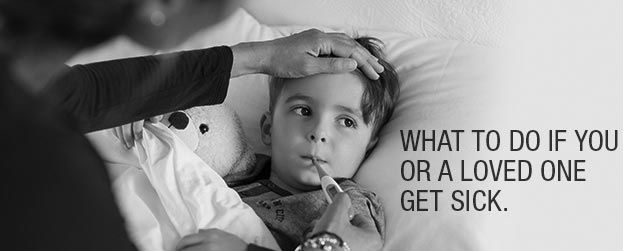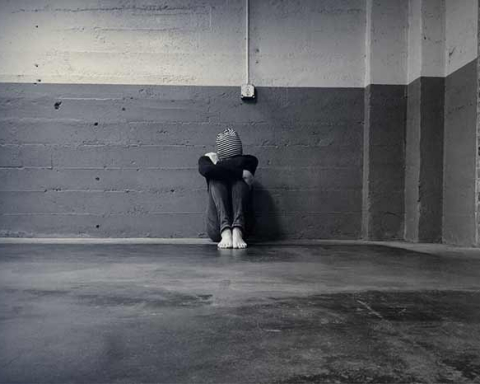
I hate being sick with anything. Living in Seattle in the tech field I work a lot so I really need to be healthy in my job. This is a highly technical report but you might find it useful when it comes to using Echinacea and beating the cold or flu twice as fast.
Years ago, a study commissioned by Bioforce AG showed that Echinaforce was well tolerated and was significantly more effective than placebo in the treatment of influenza infection (Brinkeborn R. M. et al., Phytomedicine 1999). Those using Echinacea experienced a resolution of their cold and flu symptoms twice as fast as those in the placebo group.
Between 2003 and 2006 further clinical studies were published in medical journals of high repute. In some the effect of different Echinacea products is a contentious issue, but the safety is universally described as good.
The quality of Echinacea products being tested is definitely of paramount importance, as is made abundantly clear by an American investigation into Echinacea preparations, which found that 10% of those taken from health stores contained no measurable Echinacea. Of those that actually contained Echinacea, 48% didn’t contain the amount they said they did on the label (Gilroy CM et al. Echinacea and truth in labeling. Arch Intern Med 2003; 163:699-704).
In both the Barrett (2002) and Taylor (2003) trials, which failed to demonstrate efficiency, the authors refer to the possibility that uncertainty as to the quality of the material used could have caused the negative outcome.
In 2004, Goel et al published a trial that demonstrated the efficiency of Echinacea in the treatment of colds and flu, when it is used as soon as a cold starts. At 7 days, 95% of the subjects using Echinacea were free of symptoms compared with only 63% in the placebo group. In their paper, Goel and colleagues note: the wide disparity in different preparations, lack of standardization of products on the basis of active components and undefined dosing procedures are some of the factors that seem to have led to inconsistent and non-reproducible results.
(Goel et al. J Clin Pharm Ther. 2004, 29 (1): 75 83.)
In 2005, Goel published another trial showing that volunteers taking Echinacea purpurea at the onset of a cold had a greater decrease in their daily symptom score than a placebo group. He found a significant and sustained increase in the number of circulating total white blood cells, monocytes, neutrophils and NK cells, as well as an improved mopping up of free radicals, and deduced that this may have led to a faster resolution of the cold
symptoms. (Goel et al. Phytother Res. 2005 Aug; 19 (8): 689-94.)
Much negative or inconclusive work has been done on Echinacea angustifolia, and nothing can be deduced about the effect of Echinacea purpurea from this. The positive results achieved by Brinkeborn and Goel both involved ethanolic extracts (tinctures) of Echinacea purpurea produced from freshly harvested plant material.
In 2004 we were also delighted by the work published by Gertsch, in collaboration with the Clinical Trials Dept. staff at Bioforce AG, which discovered a definitive mechanism of action for Echinaforce. This work pinpointed the action of alkylamides in modulating production of TNF-a (Gertsch J et al. FEBS Letters 2004; 577: 563 569), and confirmed our opinion that Echinaforce is an immunomodulator rather than an immunostimulant.
In 2006 more good news has arrived in the shape of the Cochrane Report, which reviewed 16 controlled clinical trials investigating the effectiveness of several different Echinacea preparations for preventing and treating common colds. They concluded that some preparations based on Echinacea purpurea (including the aerial parts) might be effective for shortening the duration or decreasing the severity of cold symptoms in adults if taken after the onset of those symptoms. (The Cochrane Database of Systematic Reviews 2006, Issue 1. Art. No.: CD000530.pub2.)
Then a paper co-authored by two Bioforce AG staff and Professor Johnston from the National Heart and Lung Institute at the Imperial College London examined the data from three Echinacea prevention trials and concluded that there is evidence that use of Echinacea was effective in the prevention of the symptoms of the common cold.
Those using Echinacea were less likely to develop colds when compared to placebo, reducing the incidence by about half. (Schoop R et al. Clinical Therapeutics. 2006: 1: 10.)
As you can see, there is plenty of research showing the efficacy of high quality Echinacea purpurea products, containing the aerial parts, and made from freshly harvested herb.
Other Echinacea products may not be as effective, which brings us back to the need for consumers to be aware that-
All Echinaceas are not the same!
And they need to be very discriminating about which Echinacea they use.
*Always consult with a physician before taking our advice. We are a Seattle newspaper and are not doctors.





